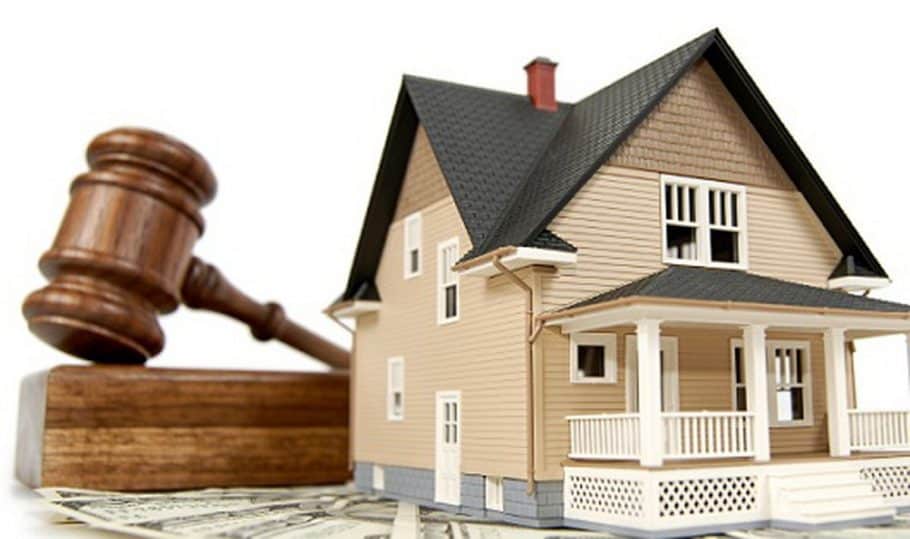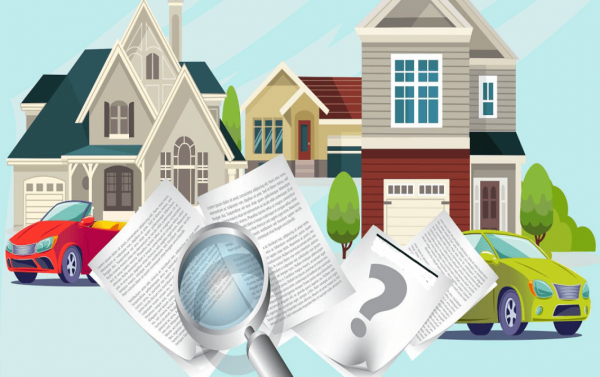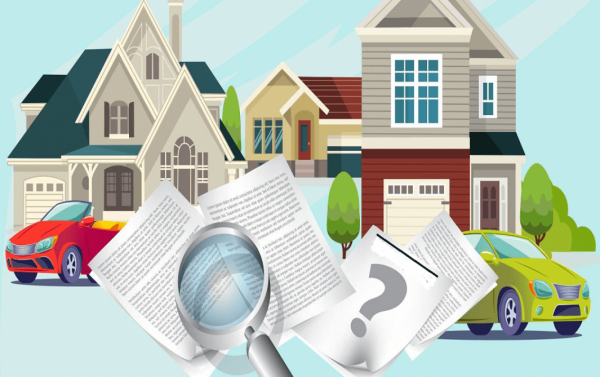Latest standards and identification of fixed assets in Vietnam
What are the latest regulations on the standards and identification of fixed assets in Vietnam? - Hoang Thien (Tien Giang, Vietnam)

Latest standards and identification of fixed assets in Vietnam (Internet image)
Regarding this issue, LawNet would like to answer as follows:
1. Standards and identification of fixed assets in Vietnam
Standards and identification of fixed assets in Vietnam according to Article 3 of Circular 45/2013/TT-BTC are as follows:
- Means of labor are the tangible assets with independent structure, or a system of many individual parts of assets linked to perform one or a certain number of functions and without any part, the system can not work, and if meet the following three criteria they shall be regarded as fixed assets:
+ It is certain to gain economic benefit in the future from the use of such asset;
+ Having the utilization time of over 01 year.
+ Primary price of assets must be determined reliably, and is valued at 30,000,000 (thirty million) dong or more.
In case a system includes many individual components of assets linked together, in which each component has different utilization time and without any component the entire system still perform its main operating function its main activity but due to requirements on management and use of fixed asset requiring separately managed asset division, each asset division if simultaneously satisfying three criteria of fixed assets shall be regarded as independent tangible fixed assets.
For animals working and / or giving products, then each of the animals simultaneously satisfying three criteria of fixed assets is regarded as tangible fixed.
For perennial orchards, each piece of garden, or trees simultaneously satisfying three criteria shall be regarded as a fixed tangible asset.
- Standards and identificaton of intangible assets:
All actual costs spent by enterprises simultaneously satisfyiing all three criteria specified in Clause 1 of this Article, without forming tangible fixed assets are regarded as intangible assets.
The expenses not simultaneously satisfying all three criteria specified in Clause 1, Article 3 of this Circular shall be recorded directly or gradually amortized into the business cost of enterprises.
As for costs incurred in the implementation phase recognized as intangible assets generated from the inside of enterprise if they simultaneously satisfy the following seven conditions:
+ Technical feasibility ensures the completion and put the intangible assets to the expected use or sale;
+ Enterprises intend to complete the intangible asset for use or sale;
+ Enterprises have the ability to use or sell these intangible assets;
+ These Intangible assets have to generate economic benefits in the future;
+ Having sufficient technical and financial resources and other resources to complete stages of deployment, sale or use of those intangible assets.
+ Being able to identify with certainty the full cost of the deployment phase to create such intangible assets;
+ It is estimated to have adequate standards on utilization time and value defined for intangible fixed assets.
- The cost of establishment of enterprise, cost of staff training, advertising cost incurred prior to the establishment of enterprise, cost of research stage, relocation, sale for possession and use of technical materials, patents, license of technology transfer, trade marks, business advantage that are not intangibles fixed assets but are amortized into business cost of enterprises in a maximum time not exceeding 3 years according regulations of Law on Enterprise Income Tax.
- For Joint-Stock companies converted from state-owned companies under the provisions of the Government’s Decrees issued before Decree 59/2011/ND-CP having business advantage included in the enterprise value when determining enterprise value for equitization by the method of assets and approved by the competent authority as prescribed, they shall perform the allocation of value of business advantage under provisions in Circular 138/2012/TT-BTC.
2. Principle to manage fixed assets in Vietnam
Article 5 of CCircular 45/2013/TT-BTC stipulates principle to manage fixed assets in Vietnam as follows:
- All fixed assets in enterprise must have a separate record (including record of delivery of fixed assets, contracts, invoices of purchase of fixed assets, and other related papers).
Each fixed asset must be classified, numbered with its own card, monitored in detail and reflected in the monitoring book of fixed assets.
- Each fixed asset must be managed by its primary price, accumulated depreciation and residual value in accounting books
|
Residual value in accounting books of fixed assets |
+ |
Primary price of fixed assets |
- |
Accumulated depreciation of fixed assets |
- For fixed assets without need of use awaiting disposal, but not fully depreciated, the enterprises have to manage, monitor and preserve under current regulations and depreciation under the provisions of Circular 45/2013/TT-BTC.
- The enterprises must manage for fixed assets fully depreciated but still involved in business activities as normal fixed assets.
- Key word:
- fixed assets in Vietnam
- Penalties for fraudulent activities on e-commerce platforms in Vietnam
- Guidance on issuing driver licenses for individuals with expired driver licenses in Vietnam
- Cases of verification of driver licenses in Vietnam according to Circular 35
- Proposal on night shift allowance policies and meal support for healthcare employees in Vietnam
- What is Pi Network? Is Pi Network legal in Vietnam?
- Proposal to lower health insurance contribution rates to alleviate economic burden on citizens in Vietnam
-

- Principle to manage fixed assets of enterprises ...
- 15:58, 07/10/2022
-

- Principles of Depreciation of Fixed Assets in ...
- 10:17, 07/10/2022
-

- Proposal to add regulations on the residual value ...
- 16:36, 07/10/2022
-

- Guidelines for maintenance and renovation of villas ...
- 14:30, 21/02/2025
-

- Guidelines for maintenance and renovation of villas ...
- 14:30, 21/02/2025
-

- Procedures for high school admission in Vietnam
- 14:25, 21/02/2025
-

- Resolution 190: Principles for addressing certain ...
- 11:30, 21/02/2025
-

- Guidance on identifying cases of inaccurate or ...
- 11:00, 21/02/2025

 Article table of contents
Article table of contents
